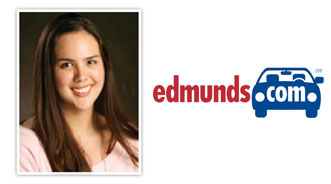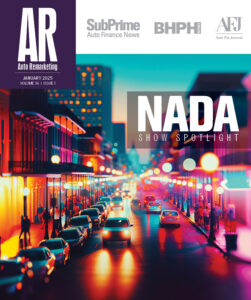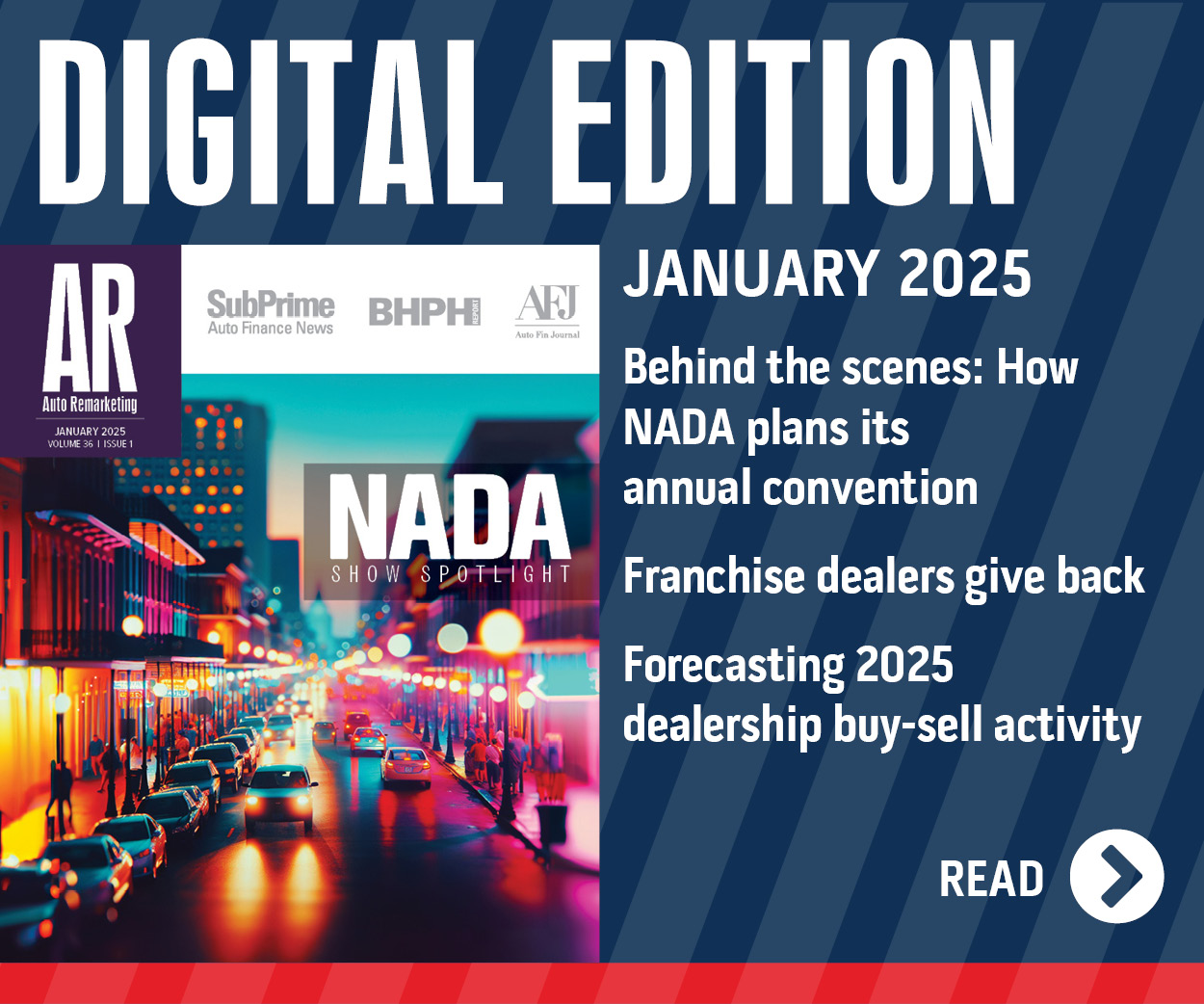Edmunds.com: Automakers Passed on Ramping Up January Incentives

Automakers generally didn’t ramp up incentives to bolster January sales, according to Edmunds.com.
Normal
0
false
false
false
EN-US
X-NONE
X-NONE
/* Style Definitions */
table.MsoNormalTable
{mso-style-name:”Table Normal”;
mso-tstyle-rowband-size:0;
mso-tstyle-colband-size:0;
mso-style-noshow:yes;
mso-style-priority:99;
mso-style-qformat:yes;
mso-style-parent:””;
mso-padding-alt:0in 5.4pt 0in 5.4pt;
mso-para-margin-top:0in;
mso-para-margin-right:0in;
mso-para-margin-bottom:10.0pt;
mso-para-margin-left:0in;
line-height:115%;
mso-pagination:widow-orphan;
font-size:11.0pt;
font-family:”Calibri”,”sans-serif”;
mso-ascii-font-family:Calibri;
mso-ascii-theme-font:minor-latin;
mso-fareast-font-family:”Times New Roman”;
mso-fareast-theme-font:minor-fareast;
mso-hansi-font-family:Calibri;
mso-hansi-theme-font:minor-latin;}
Site analysts calculated that the average incentive amount OEMs gave out during the first month of this year was almost the same as what they issued in December — $2,530 per vehicle sold. While that figure was essentially unchanged, it was $177 or 7.5 percent higher than what manufacturers averaged in January 2010.
“January incentives were flat compared with December 2010, which means many car buyers didn’t actually have to rush to take advantage of heavily advertised ‘year-end’ deals,” stated Jessica Caldwell, director of industry analysis for Edmunds.com.
“Dealerships and automakers look to finish the year with strong sales numbers, and they’ve become very skilled at leading consumers to believe that the best deals are only available in December. It’s simply not true for most brands,” Caldwell continued.
Edmunds.com discovered combined incentives spending for domestic manufacturers averaged $3,371 per vehicle sold in January. The level was up from $3,325 in December.
From December to January, analysts determined European automakers decreased incentive spending by $161 to $2,122 per vehicle sold while Japanese companies reduced incentive spending by $3 to $1,876 per vehicle sold. They added that Korean also reduced incentive spending by $73 to $1,427 per vehicle sold.
| Automaker | January 2011 | December 2010 | January 2010 |
| Chrysler | $3,386 | $3,522 | $3,017 |
| Ford | $2,859 | $3,304 | $3,073 |
| General Motors | $3,762 | $3,255 | $2,910 |
| Honda | $1,587 | $1,561 | $1,216 |
| Nissan | $2,231 | $2,229 | $2,419 |
| Toyota | $2,012 | $2,055 | $1,454 |
| Industry Average | $2,530 | $2,538 | $2,353 |
For January, Edmunds.com calculated that the industry’s aggregate incentive spending was approximately $2.06 billion, down 28.6 percent from December. The site noted Chrysler, Ford and General Motors spent an aggregate of $1.2 billion or 59.8 percent of the total.
A further breakdown of that total showed:
—Japanese manufacturers spent $589 million or 28.5 percent.
—European manufacturers spent $142 million or 6.9 percent.
—Korean manufacturers spent $99 million or 4.8 percent.
One automaker’s incentive level caught Caldwell’s attention most.
“General Motors’ incentive spend in January certainly raises some eyebrows,” she insisted.
“GM spent more on incentives in January than any of their Big 6 rivals, even as they sold more 2011 model-year vehicles. This suggests that their new model-year vehicles are more heavily discounted than one might expect,” Caldwell continued.
Among vehicle segments, Edmunds.com determined large cars had the highest average incentives at $5,149 per vehicle sold, followed by large trucks at $3,661. The site said subcompact cars had the lowest average incentives per vehicle sold at $1,298, followed by compact SUVs at $1,698.
Edmunds.com’s analysis of incentive expenditures as a percentage of average sticker price for each segment showed large cars averaged the highest — 16.0 percent — followed by compact cars at 10.2 percent of sticker price. The site found premium sport cars averaged the lowest with 2.2 percent and premium luxury cars followed with 3.3 percent of sticker price.
Comparing all brands, analysts revealed Subaru spent the least in January at $548, followed by Porsche at $656 per vehicle sold.
At the other end of the spectrum, Edmunds.com found Saab spent the most — $8,124 — followed by Cadillac at $5,641 per vehicle sold. Relative to their vehicle prices, the site computed Saab and Chrysler spent the most, 19.9 percent and 15.6 percent of sticker price, respectively. Meanwhile, analysts contend Porsche spent 0.75 percent and Subaru spent 2.1 percent.
Edmunds.com reiterated that its monthly True Cost of Incentives report takes into account all automakers’ various U.S. incentives programs, including subvented interest rates and lease programs, as well as cash rebates to consumers and dealers.
“To ensure the greatest possible accuracy, Edmunds.com bases its calculations on sales volume, including the mix of vehicle makes and models for each month, as well as on the proportion of vehicles for which each type of incentive was used,” analysts concluded.

 View The Latest Edition
View The Latest Edition

